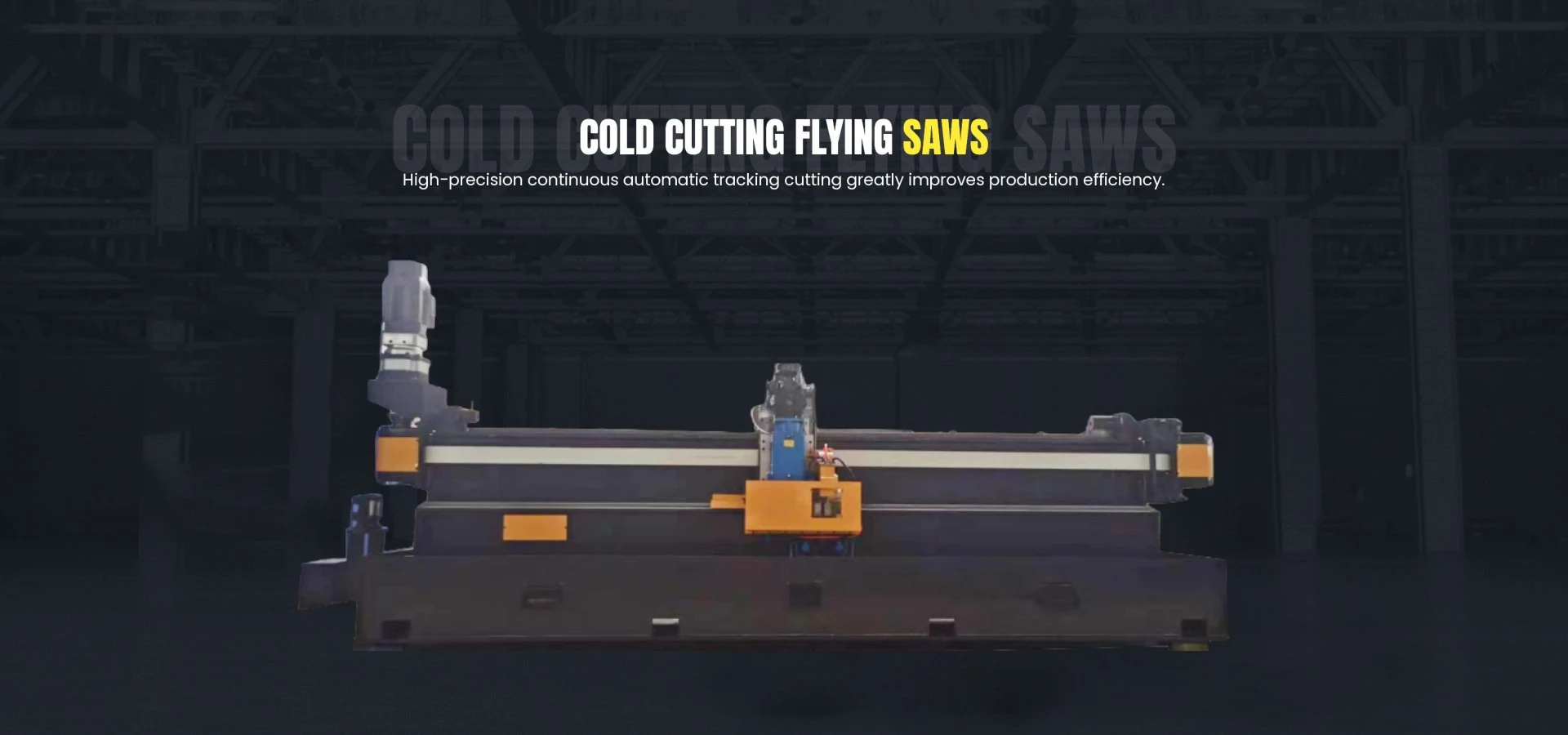Efficient Production Techniques for PBR Roll Forming Systems and Their Applications
Understanding the PBR Roll Former Revolutionizing Steel Processing
The PBR roll former is a specialized machine used in the manufacturing of steel components, particularly in the construction industry. This equipment has gained popularity due to its efficiency and versatility in shaping and forming steel into various profiles. In this article, we will delve into the workings of the PBR roll former, its applications, and its advantages over traditional methods.
What is a PBR Roll Former?
A PBR roll former is a type of roll forming machine designed to create PBR panels—panel systems that are commonly utilized in roof and wall applications. The PBR (Purlin Bearing Rib) profile features a series of consistent ribs that enhance structural integrity while providing aesthetic appeal. The machine operates by feeding a flat sheet of metal through a series of rollers, where it is progressively shaped into the desired profile through a continuous bending process.
How Does the PBR Roll Former Work?
The operation of a PBR roll former can be broken down into several steps
1. Material Preparation The process begins with the selection of raw materials, typically galvanized or painted steel sheets, which are chosen for their durability and resistance to corrosion.
2. Feeding Mechanism The metal sheets are fed into the machine using a powered roller system. The precision of this feeding mechanism ensures that the sheets are properly aligned, minimizing waste and maximizing efficiency.
3. Roll Forming Process As the material moves through the series of rollers, each roller is strategically positioned to apply incremental bends to the steel sheet. This continuous bending process forms the distinctive ribbed profile of the PBR panel.
4. Cutting and Finishing Once the material has been formed into the desired profile, it is then cut to length according to specified measurements. Additional finishing processes, such as trimming and hole punching, may also be performed to meet customers' requirements.
Applications of PBR Roll Formed Products
PBR roll formed panels are widely used in various applications, primarily in the construction industry. Some of their key uses include
- Roofing Systems PBR panels are commonly used for roofing due to their lightweight nature and structural strength. They provide excellent water drainage and can withstand harsh weather conditions.
pbr roll former

- Wall Cladding These panels also serve as wall cladding, providing insulation and protecting structures from environmental elements while enhancing aesthetic appeal.
- Industrial Buildings Many industrial facilities utilize PBR panels due to their cost-effectiveness and efficiency in installation. They can be installed quickly, which is crucial for projects with tight timelines.
- Residential Applications Increasingly, PBR roll formed products are being adopted in residential buildings for roofing and siding, offering homeowners durable and maintenance-free solutions.
Advantages of PBR Roll Former
The adoption of PBR roll forming technology presents numerous advantages over traditional manufacturing methods
1. Efficiency The continuous nature of the roll forming process allows for high-speed production and reduces material wastage.
2. Customizability Manufacturers can easily adjust the design and dimensions of the PBR profiles to meet specific project requirements, providing greater flexibility for builders and architects.
3. Strength and Durability PBR panels are designed to be strong and durable, offering long-lasting performance with minimal maintenance. The ribbed design also enhances load-bearing capabilities.
4. Cost-Effectiveness The efficiency of the PBR roll forming process often results in lower production costs, making it an economical choice for builders.
5. Environmentally Friendly The use of steel as a primary material promotes recycling, and the reduction of waste materials aligns with contemporary sustainable practices.
Conclusion
In conclusion, the PBR roll former is more than just a machine; it represents a significant advancement in steel processing technology. By streamlining production and offering versatile applications, it has become a pivotal tool in modern construction. As the industry continues to evolve, the PBR roll former will undoubtedly play a critical role in shaping the future of building materials. Its efficiency, strength, and adaptability make it an essential asset for manufacturers looking to meet the growing demands of the market.
-
High Frequency Straight Seam Welded Pipe Production Line-BzZhou Xinghua Machinery Equipment Manufacturing Co., LTD.|Precision Welding, High EfficiencyNewsJul.30,2025
-
High Frequency Straight Seam Welded Pipe Production Line|BzZhou Xinghua|Precision Welding&EfficiencyNewsJul.30,2025
-
High Frequency Straight Seam Welded Pipe Production Line - BzZhou Xinghua|Precision Engineering&EfficiencyNewsJul.30,2025
-
High-Frequency Straight Seam Welded Pipe Production Line-BzZhou Xinghua Machinery Equipment Manufacturing Co., LTD.NewsJul.30,2025
-
High-Frequency Straight Seam Welded Pipe Production Line-BzZhou Xinghua Machinery Equipment Manufacturing Co., LTD.|Precision Manufacturing, High EfficiencyNewsJul.30,2025
-
High Frequency Straight Seam Welded Pipe Production Line-BzZhou Xinghua Machinery Equipment Manufacturing Co., LTD.|Precision Steel Pipe Manufacturing&Industrial EfficiencyNewsJul.29,2025


